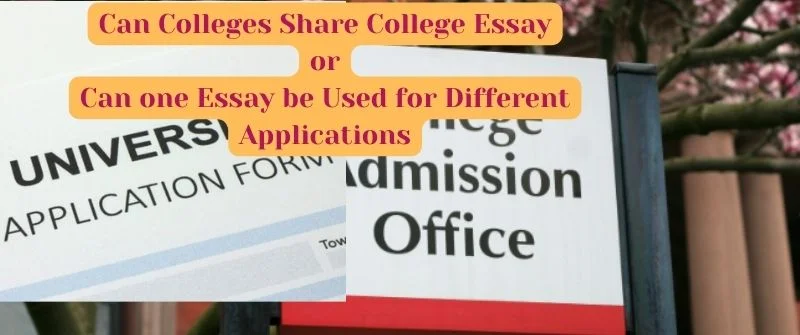Is Copying a Definition Plagiarism: How to Give Definitions Well
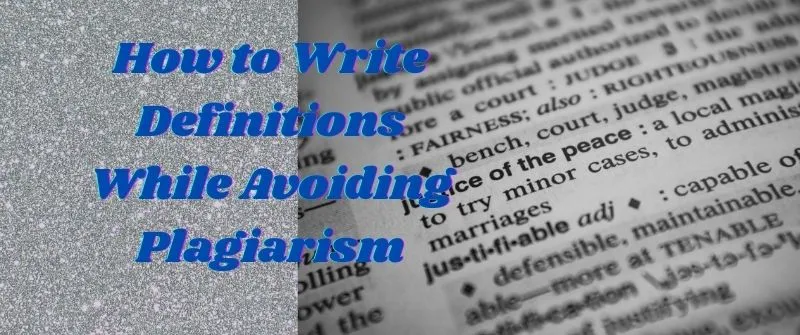
A definition is a statement describing what something is, a principle, or a belief. It identifies an essential detail about something. Typically, it outlines the meaning of a term.
Copying definitions involves using a reference source to find more information about your chosen topic and then taking down meaningful details.
Also, it is the act of scanning text from a book, verbally delivering it, and placing it into a Word document (and subsequently the internet) to be used as a reference later on.
Is Copying a Definition of Plagiarism?
Copying a definition is plagiarism if you do not cite the source of the text or give credit to the origin of the meaning. Even if you paraphrase it, you will be plagiarizing since you took it from somewhere.
However, You can avoid using a definition in an assignment because the instructor knows what the word means.
A definition is good to start your writing because if the professor is unfamiliar with that word, he can look it up.
Also, many professors perceive definitions as filler words and could be slightly insulting. It could sound like a filler to increase word count.
Note: If your assignments’ instructions permit you to define the terms, that could be a different case.
When Copying a Definition becomes Plagiarism
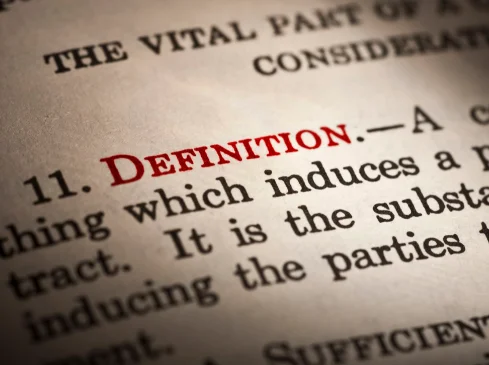
Repeating someone else’s words without giving credit to the original author is plagiarism.
Before you copy a definition, you should at least put it in quotes so the professor knows those were not your own words.
We need to understand some terms in your paper; hence having a definition of them is a step forward.
However, sometimes, copying a definition is not plagiarism if you are only careful about the plagiarism rules.
For instance, if you use someone else’s ideas, you should acknowledge the original author to prove that you researched your paper properly.
When Copying a Definition is not Plagiarism
Several ways exist to ensure that I do not amount to plagiarism when you copy a definition. First, you should copy the definition and put it in different word frames to escape the plagiarism detection tools.
You do not have to copy word by word, but you can replace them with your own wordings without changing the meaning of the full text.
Also, you should strive to avoid common words or clichés as you write the definition. That is so because the plagiarism detection software can match your submitted document within the database. If you overuse the common words, your paper will not score well on plagiarism.
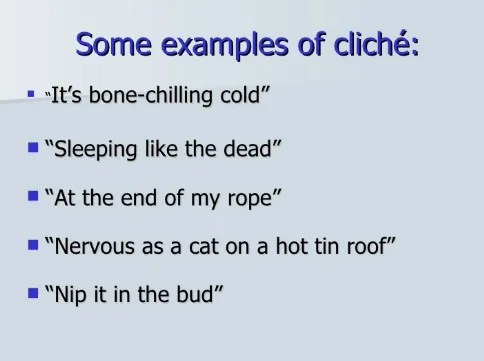
Also, it is not plagiarism if you use a few quotes since the plagiarism software will compare your work with others.
Using several quotes will increase the similarity index, causing your papers to have high plagiarism.
You can also opt to copy the main points in that definition and expound on them.
In other words, you do not have to copy everything but the critical items in that definition.
However, the copied points should not include the same structures or phrases as the original text. Here, you only have to copy it wisely.
How to avoid Plagiarism when Writing Definitions
1 Paraphrase
You can copy a definition by paraphrasing what the original author said about the issue. Here, you will be rewriting the text in your own words. Allow the rewritten word to retain the original meaning.
2 Use Quotes
When you are copying a definition, you can make it safe from plagiarism by using by putting the used phrases or sentences in quotes. The role of quotes is to show the instructor that the words are not from you.
3 Take a Screen Shoot
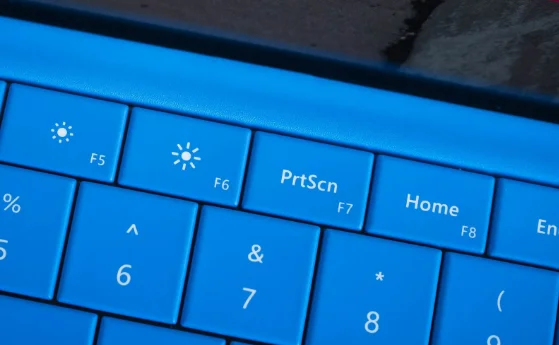
If the instructions allow you to take a screenshot of the original paper, then do so. It is a perfect way of taking people’s work without risking plagiarism.
After taking a screenshot, it is sensible to include a caption below it to indicate the source.
For example, suppose the source is from a webpage; then put a direct link below the image.
Be careful that if you screenshot something, you have to cite it. Even copying tables is considered plagiarism, and it, therefore, needs to be referenced.
4 Use Synonyms
One way of copying definitions and escaping the trap of plagiarism is to use synonyms instead of relying on original words. Such ensure that the text retains its meaning.
5 Add your Own Opinions
You can avoid plagiarism by including your personal perspective about certain definitions. Personal opinion will make it unique and original. The written difference will not be the same as the original hence your paper will not risk plagiarism differently.
Let every opinion you use to explain your definition add value to your paper.
6 Include Reference Page
As you cite your sources, include the entire reference to that citation. If you use in-text citations within your paper, include the author’s name and the publication year if you format it under APA.
For the case of MLA, the in-text citation should involve the author’s surname and the page where you acquired the information.
7 Cite Your Sources Well
Cite any idea that does not belong to you in your paper. Such an approach gives credit to the original producer of that paper.
It also lowers the chances of your paper being plagiarized. You can make your citation within the text or at the end of the page that has borrowed knowledge.



